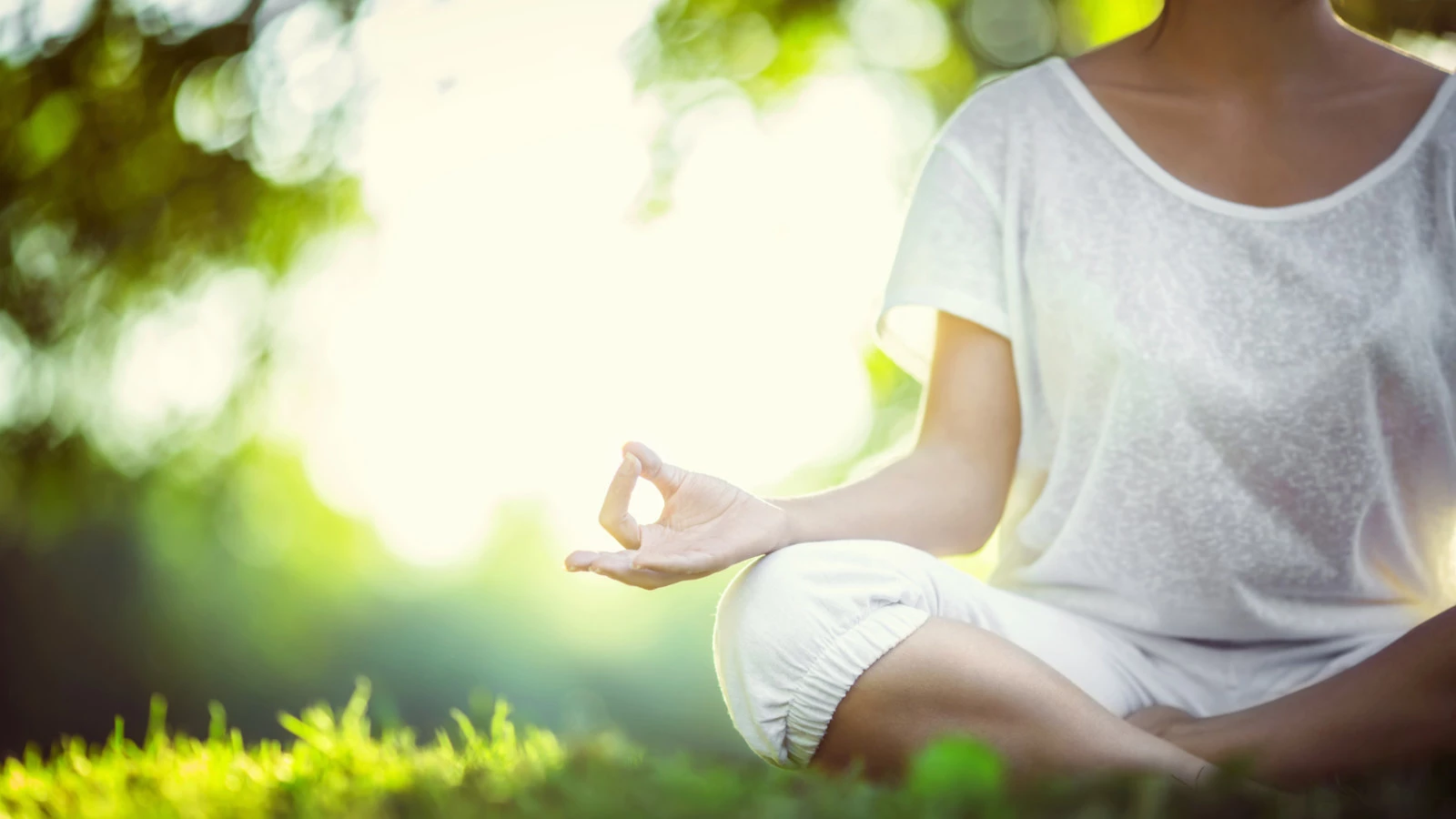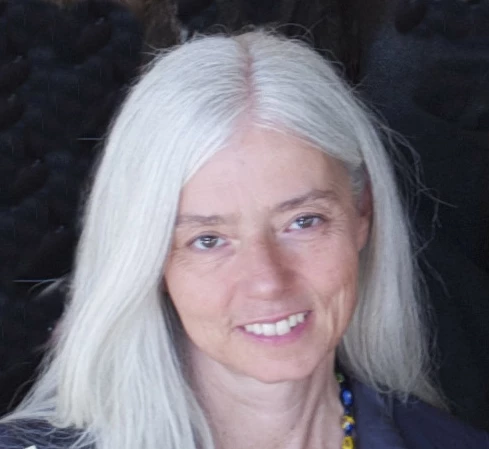Finding Equanimity and Grace: A Meditation on Breast Cancer

Why Practice Mindfulness?
Last July, I had the good fortune to sit an 18-day meditation retreat at Spirit Rock Meditation Center in Marin County, California. After 28 years of attending Vipassana retreats I’m aware that they are always a challenge, no matter what kinds of life stresses you bring to them. But this year posed a challenge I couldn’t have predicted. In many ways, the retreat represented the culmination of my decades of practice.
On the first day of the retreat, I received the results of a biopsy I’d had a few days earlier. The biopsy showed a malignant tumor in my left breast. The tumor was very small, but still the words “invasive ductal carcinoma” slammed into me like a runaway train. The adrenaline rush lasted most of the day.
As the concept—breast cancer!—began to sink in, predictable mental and emotional states appeared: fear, anxiety and grief for the healthy, low-maintenance body I’ve enjoyed all these years. Remarkably absent was the frenzied commentary I fully expected after so many years of watching my mind intimately.
There was no “Why me?” or “Poor me,” or “What did I do to deserve this?” or any of the myriad judgments my mind would have added to the same situation 20 years ago. In fact, most of the time, I felt buoyed by a deep, underlying well of equanimity. The situation was most certainly not what I would wish for, but my mind, after so many years of practice, has been trained not to make matters worse.
The first nine days of the retreat were devoted to metta (lovingkindness) practice. This created a soft field of kindness around the emotions I was experiencing. A week into the retreat, metta gave way to equanimity.
From equanimity came overwhelming gratitude, not for the cancer of course, but for the years of hard work that had allowed me to sit with the reality of a potentially life-threatening condition without losing balance.
Why Meditation Can be Challenging
Meditation isn’t easy. Despite ubiquitous images of people with beatific expressions meditating on a sunset-drenched beach, mindfulness practice is hard, painstaking work. Mindfulness practice brings you face to face with your mental and emotional patterns and obsessions—healthy and unhealthy. It plunges you into the uncertain reality of impermanence, and forces you to question everything you’ve held as true. But in the process, the practice leads you to a deeper well of equanimity, one that doesn’t depend on whether your life is unfolding to your liking.
When I reported the situation and my response to it to meditation teacher and author Joseph Goldstein, he said, “This is why we practice.”
This is absolutely true. While mindfulness is recently being touted for its ability to help us focus and “get ahead” among other benefits, its original intention was to help us navigate the inherent suffering in our lives.
The Buddha & the 4 Noble Truths
The Buddha first became aware of suffering inherent in our human lives while on a clandestine trip out of the palace where he was born and lived. On this journey, he encountered a person wracked with old age, another wasting away from illness, a human corpse, and an awakened person. In the face of old age, sickness and death, what was it that the awakened being had discovered that allowed him to be at peace with the suffering in the world? This began a seven-year journey into extreme asceticism—to counter the opulence he’d grown up with—and finally, a realization that neither extreme leads to happiness. The “middle way” is the path.
From this understanding emerged the Four Noble Truths: the truth of suffering, the truth of the causes of suffering (clinging to what is impermanent, which is everything in our conditioned experience), the truth of the end of suffering, and the truth of the path to the end of suffering.
Applying the Lessons of Yoga on and off the Mat
No matter how much yoga we practice, how healthy our diet or how stress-free our lives, we all age, experience illness and eventually, pass out of our bodies. We will all experience gain and loss, and pleasure and pain, multiple times throughout our lives. This is not a mistake. It is simply the way our lives unfold. Our choice is in how we meet these inevitable ups and downs. And as I’ve discovered, we can train our minds to respond to life’s vicissitudes with equanimity and grace.
The retreat also reminded me in no uncertain terms how unsustainable my life had become. Working four jobs and taking off maybe three or four days a year is not how I want to spend this precious life. This has become even more apparent as I move through the cancer treatment process, which is far more complicated and time-consuming than I’d imagined. I’m still figuring out how to find the middle way that allows me to pay my bills, negotiate the cancer process, and add some much-needed down time to my life.
I sometimes experience sadness, stress and worry. Sometimes I get caught in these emotions. Sometimes I don’t. Practice has taught me to be okay with the times when I get caught. No need to add judgment to an already less-than-ideal situation. Equanimity, including accepting my sometimes-unhealthy mental patterns, has become my baseline.
This is why I practice yoga. The underlying field of equanimity I discovered on retreat remains through the highs and lows of this new unfolding process. It is always present, even when things ought to be unbearable. To my teachers and mentors, I feel nothing but gratitude for supporting me on this life path. May all beings be at ease, no matter what path they choose.
Another article from YogaUOnline and writer, Jennifer Williams-Fields -Navigating Cancer Treatment: How Yoga Can Help.
Study with Tari Prinster and YogaUOnline: Introduction to Yoga for Cancer-Tapping Into the Body’s Inherit Healing Wisdom.
 Charlotte Bell began practicing yoga in 1982 and began teaching in 1986. She was certified by B.K.S. Iyengar in 1989 following a trip to Pune. In 1986, she began practicing Insight Meditation with her mentors Pujari and Abhilasha Keays. Her asana classes blend mindfulness with physical movement. Charlotte writes a column for Catalyst Magazine and serves as editor for Yoga U Online. She is the author of two books: Mindful Yoga, Mindful Life and Yoga for Meditators, both published by Rodmell Press. She also edits Hugger Mugger Yoga Products¹ blog and is a founding board member for GreenTREE Yoga, a non-profit that brings yoga to underserved populations. A lifelong musician, she plays oboe and English horn in the Salt Lake Symphony and the folk sextet Red Rock Rondo whose 2010 PBS music special won two Emmys.
Charlotte Bell began practicing yoga in 1982 and began teaching in 1986. She was certified by B.K.S. Iyengar in 1989 following a trip to Pune. In 1986, she began practicing Insight Meditation with her mentors Pujari and Abhilasha Keays. Her asana classes blend mindfulness with physical movement. Charlotte writes a column for Catalyst Magazine and serves as editor for Yoga U Online. She is the author of two books: Mindful Yoga, Mindful Life and Yoga for Meditators, both published by Rodmell Press. She also edits Hugger Mugger Yoga Products¹ blog and is a founding board member for GreenTREE Yoga, a non-profit that brings yoga to underserved populations. A lifelong musician, she plays oboe and English horn in the Salt Lake Symphony and the folk sextet Red Rock Rondo whose 2010 PBS music special won two Emmys.



